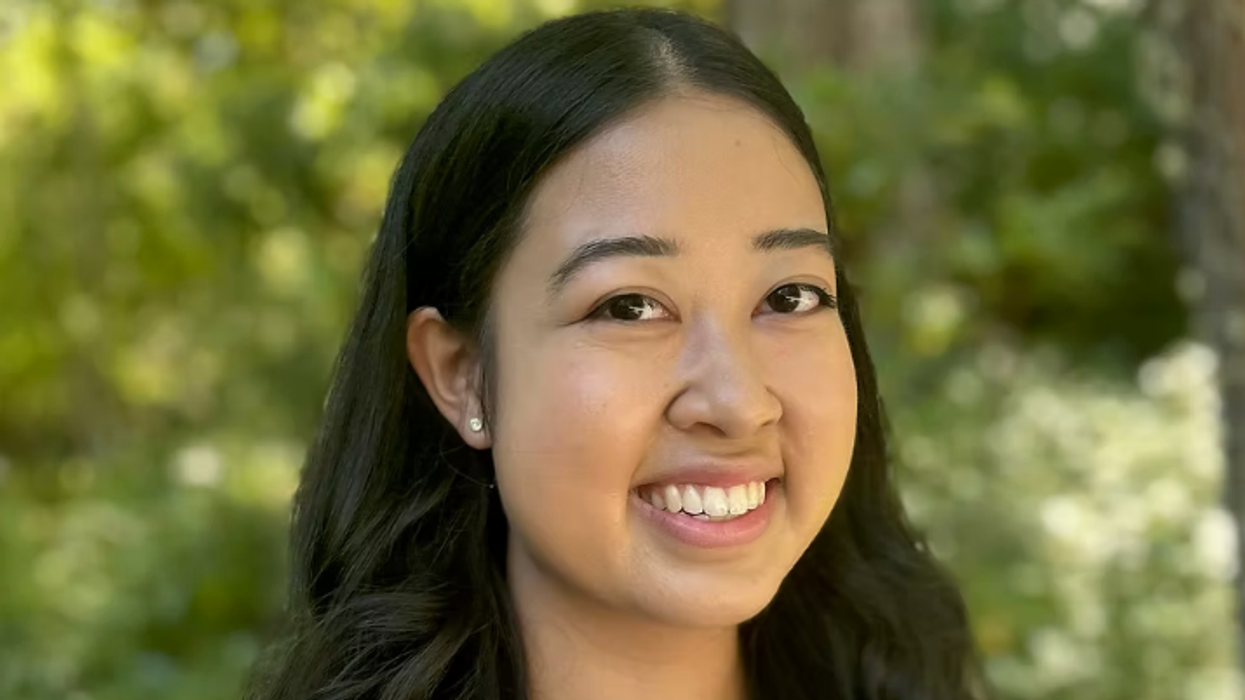Frazier is an assistant professor at the Crump College of Law at St. Thomas University and a Tarbell fellow.
We’re collectively capable of amazing feats, so long as two conditions are met: first, that we’re generous with our time and energy and, second, that we’re willing to trust one another. That’s my takeaway from a 20-hour, 40-minute experience I had with the Fat Cat Track Club last month.
About 200 miles separate Mt. Hood from the Oregon coast. Every year, teams of 12 runners conduct a relay across that route as part of the appropriately named Hood to Coast Relay. The Fat Cats were one of more than 1,000 teams in this year’s race. Made up of former members of the Princeton rowing squad, that running crew can go toe-to-toe or, more accurately, stride for stride with the best of them — they averaged a 6:19-per-mile pace.
I only happened to join this impressive bunch because of a late scratch by one member of the team. Stuck between Timberline Lodge and a hard place, they turned to me to fill in. Though it was my third Hood to Coast Relay, the incredible volunteerism that defines the race was particularly evident this time around.
The logistics of the relay, on paper, are fairly simple: When a runner finishes one leg of the 36-part race, they hop in a van and wait for the other 11 to complete their legs; this process repeats until they collectively make it to Seaside. In reality, the 12 runners make it to the coast only because of the support of hundreds, if not thousands, of volunteers.
Commentary on the race usually focuses on the participants — the crazy or courageous athletes who opt to spend between 20 and 30 hours of their lives racing across half of a state. Less attention is paid to the community of volunteers who make the race possible. That’s unfortunate because this staggeringly large and committed network proves an important idea: When people are given the chance to meaningfully contribute to a big, bold endeavor, they’ll step up. A quick review of the volunteers encountered by the Fat Cats on our journey demonstrates just that.
It was snowing at 11:40 a.m. in the middle of August, when we started our journey outside Timberline Lodge on Mt. Hood. Volunteers were there. Smiling. Handing out gear. Cheering us on.
When I nearly veered off course as a result of trying to run fast enough to impress the Fat Cats, I only managed to keep going in the right direction thanks to a sign planted by a volunteer. Other runners similarly reported that not even the most directionally challenged individual could stray too far from a course that had been meticulously labeled for the entire 198-mile trek.
At 3:30 p.m., after the first six runners had completed their first legs, we headed to Polar King, a diner near Gresham, to refuel. When the chef learned we were running in the relay, he cooked up an extra plate of hash browns to keep us going. He wasn’t even a volunteer but wanted to contribute.
Several hours later — around 1 a.m., the team reached Jewell — a small community in the middle of the coast range that had been transformed into a sprawling area for runners to rest. Volunteers had pitched tents, mapped out parking areas and set up aid stations. It was a sight to behold. At the time, though, I could barely muster a thank you as exhaustion had set in. Other runners likewise walked (or limped) through the camp without fully recognizing the scale and significance of the volunteer effort.
On Sunday, when I hobbled through Portland International Airport, a few people congratulated me for completing the relay — they saw my Fat Cat Track Club gear and put two and two together. No one, however, was applauding the volunteers who were surely walking those same terminals. That needs to change.
We need to not only improve our recognition and celebration of all those who give so much to minor and major causes but also make sure that more people have the chance to serve. If hundreds of Oregonians are willing to spend their weekend in the middle of nowhere to help their friends, family and strangers like the Fat Cats achieve their dreams, imagine the response to more significant opportunities to give.
Now more than ever, as our institutions struggle amid distrust and our neighbors fight economic insecurity and instability, we need to dream up bigger goals that assign each of us bigger roles. This year’s Hood to Coast may be over, but its spirit of volunteerism needs to be channeled and spread.
































